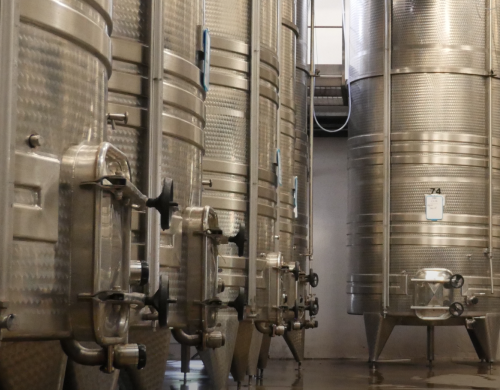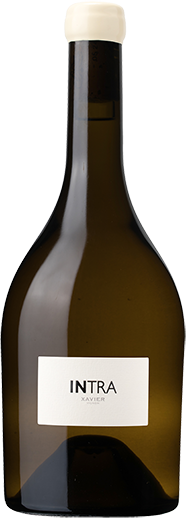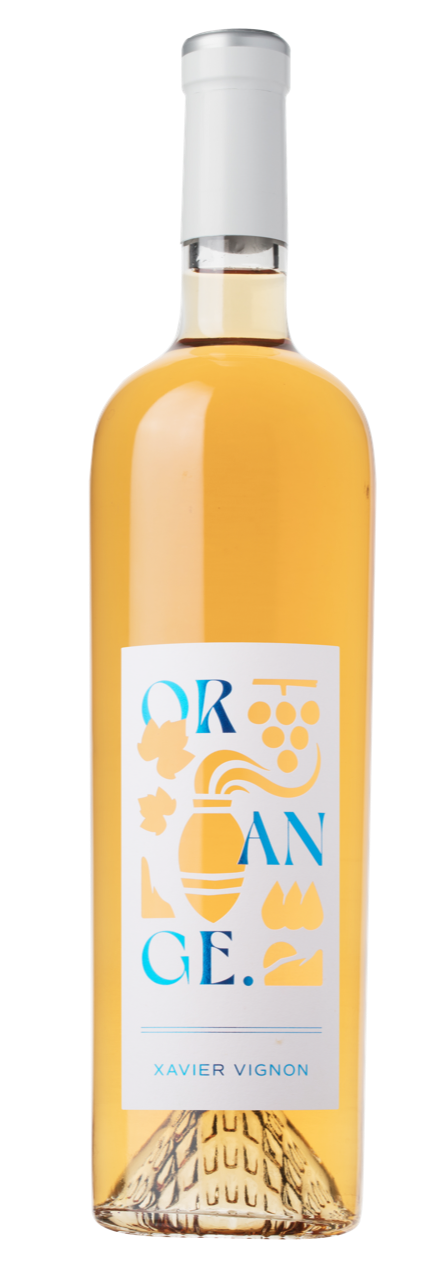
Châteauneuf-du-Pape
Worn in the Middle Ages, an Aumuce was a purple cap that served as a cloak for clergymen as a way of concealing their whiteness, just as the black skin of the grape conceals its white juices. In Latin, this cape is called en Almutia. A blend of black and white grape varieties.
Almutia is the definition of vivacity, liveliness, expressed through the pulp of mainly black grape varieties. The multi-vintage approach has been choose to bring complexity to the wine.
note
Sight
Pale yellow and limpide.
Smell
Tangy notes of apple and pears stand out
Taste
The palate is lively and ample, and reveals aromas of citrus and honeysuckle.

Terroir
The vines come mainly from the limestone soils of the west of the Chateauneuf-du-Pape appellation.
Vinification and ageing
Vinification
The grapes were harvested early, in mid-August, i.e. one month before the harvest intended for the production of red wines.
The grapes are then destemmed and crushed, then placed in vats for draining followed by settling for severals days to sediment the pigments.
Fermentation in stainless steel tanks
Ageing
No ageing in wood and no stirring of the lees to maintain the perfect level of acidity.


Food and wine pairing
Scallop Risotto – Brie or Savarin with truffles – Cod à la Provençale – Lobster Raviole
-
Aging potential 2 to 3 years
-
Service 11/12°C







